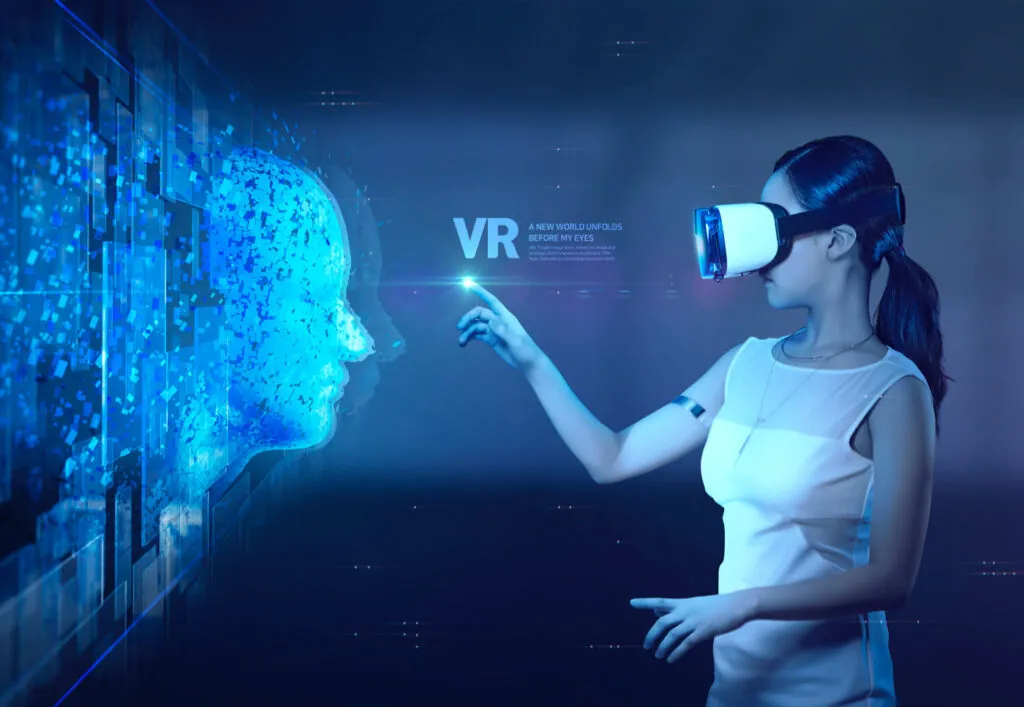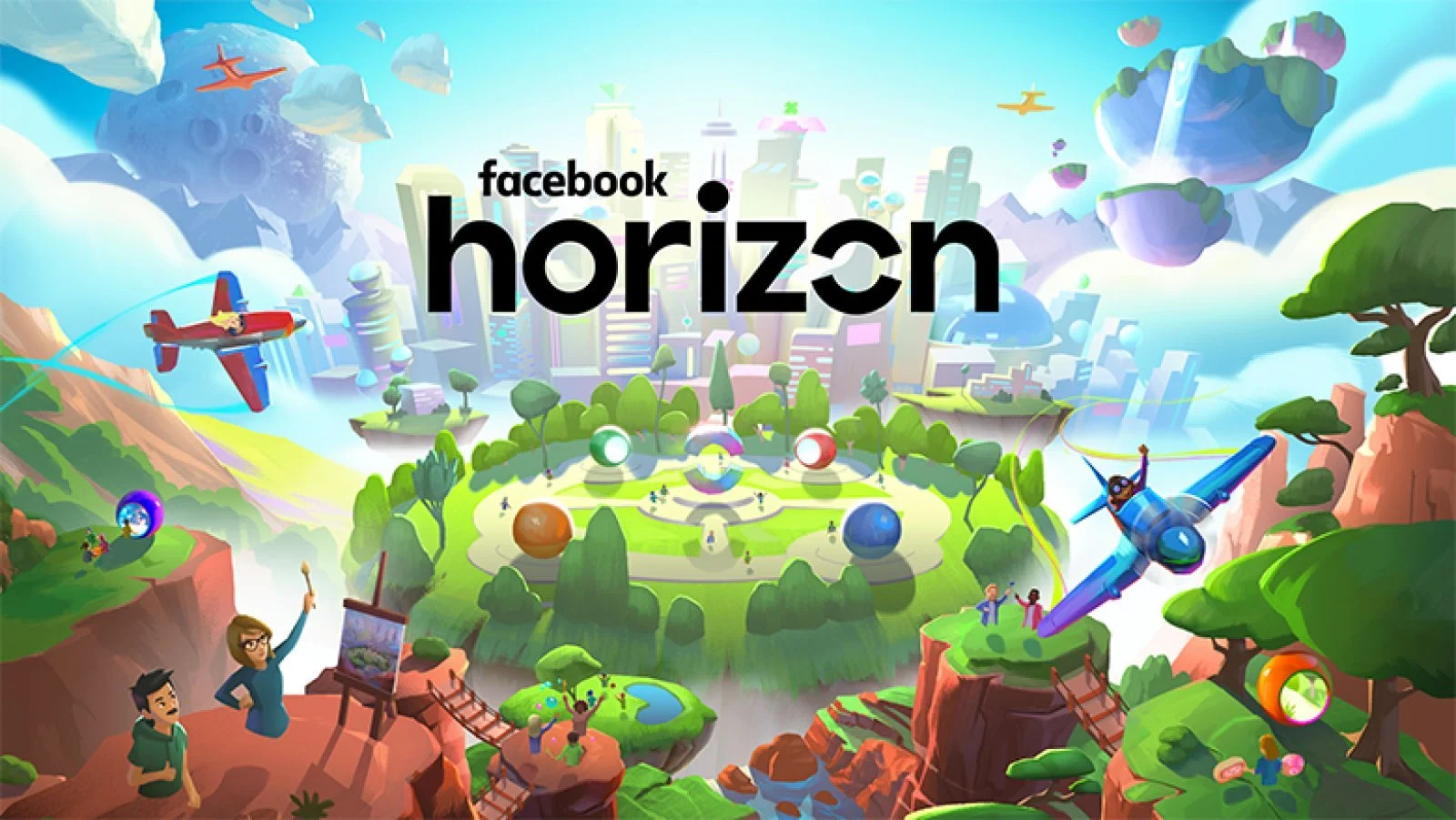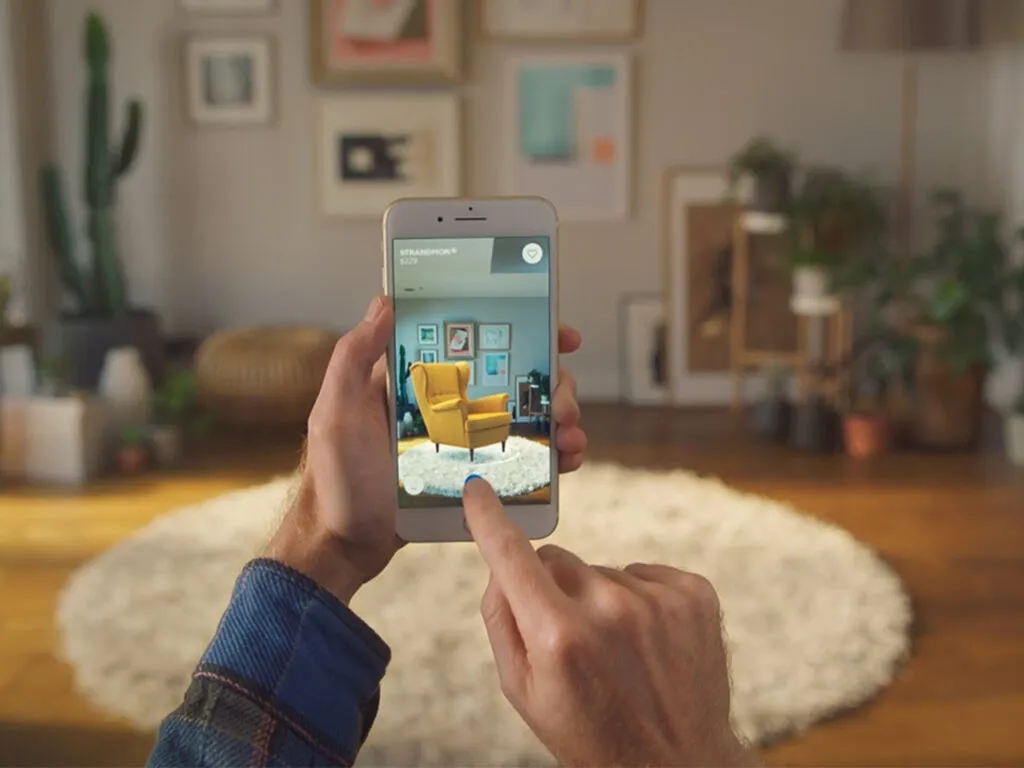Exploring the Future of Curated Social and Marketing with AI and VR
Currently, AI and VR technologies have begun to play significant roles in curated social and advertising marketing. AI enhances user experience on social platforms through personalized recommendations and intelligent interactions, while VR creates immersive advertising content for brands, enhancing interaction between consumers and products. The popularity and importance of these two technologies continue to rise, reshaping the landscape of social interaction and brand marketing. This article will delve into how AI and VR combine to bring revolutionary changes to curated social and advertising marketing. We will explore how this combination redefines user experience, increases engagement, and creates more meaningful connections for brands. With the continuous development and popularization of these two technologies, it is necessary to deeply understand how they affect our daily lives and explore their innovative applications in social and marketing fields.
Overview of AI and VR Technologies
AI Technology
AI is a technology that simulates human intelligence, aiming to give computer systems human-like intelligent behavior.
The development of AI technology has gone through several stages. Early artificial intelligence was mainly rule-based expert systems, simulating the decision-making process of human experts through rules written by programmers. With the increase in data volume and computing power, statistical learning and machine learning began to rise. In recent years, the development of deep learning technology has enabled AI to make breakthroughs in areas such as image recognition, speech recognition, and natural language processing.
- Main Application Areas:AI technology has been widely applied in various fields. In natural language processing, artificial intelligence is used for tasks such as machine translation and sentiment analysis. In the field of image recognition, artificial intelligence can identify objects and scenes in images. In addition, AI is also applied in recommendation systems, intelligent customer service, smart homes, and other fields, bringing convenience and efficiency to people's lives.

VR Technology
VR is a three-dimensional virtual environment simulated by computer technology, allowing users to experience scenes and events firsthand. The construction of virtual environments is usually achieved through computer graphics technology, while users interact with virtual environments through devices such as head-mounted displays.

The development history of VR technology can be traced back decades. Early virtual reality systems were usually composed of large equipment and complex sensors, which were expensive and not portable. With the advancement of computer technology and display technology, VR devices have become increasingly compact and portable, while costs have greatly reduced, promoting the popularization and application of virtual reality technology.
- Main Application Areas:VR technology has been widely applied in various fields. In the gaming and entertainment industry, VR provides players with immersive gaming experiences, making them feel as if they are really there. In the education and training field, virtual reality can simulate various scenarios and situations, providing students with more vivid and intuitive learning experiences. In the healthcare industry, virtual reality is used for surgical simulation, rehabilitation training, etc., helping doctors and patients better undergo treatment and rehabilitation.
The Importance and Potential Role of AI and VR in Curated Social and Marketing
In curated social, AI and VR technologies are playing increasingly important roles. Through AI technology, social media platforms can analyze users' behaviors and preferences, and provide personalized recommended content, thereby increasing user engagement and retention. For example, social media platforms use machine learning algorithms to recommend posts, videos, and ads that users may be interested in, allowing users to find content of interest more quickly. In addition, VR technology is also changing the way social activities are conducted. Virtual reality social platforms allow users to communicate and interact with others in a virtual world, creating a more immersive social experience.
AI and VR technologies have also brought revolutionary changes to advertising marketing. Through AI technology, advertisers can better understand the needs and preferences of target audiences, thereby providing more personalized and precise advertising content. For example, advertisers can use machine learning algorithms to analyze users' browsing history, search records, and social media behavior, recommending the most suitable ads for them. In addition, VR technology also provides new possibilities for advertising marketing. Through VR ads, brands can create immersive advertising experiences for consumers, attracting their attention and enhancing brand awareness. For example, some automotive brands use VR technology to provide consumers with virtual test drive experiences, allowing them to experience the fun and comfort of driving before purchasing a car.
The Application of AI and VR Integration in Curated Social

Integration of AI and VR Technologies
The integration of AI and VR technologies brings a new experience to curated social. Through AI technology, virtual reality environments can be personalized and customized based on users' preferences and behavior patterns, providing virtual experiences that are closer to users' needs. For example, virtual reality social platforms can use AI algorithms to analyze users' interests and social behaviors, recommending social activities and interactive content that users may be interested in.
Immersive Experience and Personalized Service
Combining AI and VR technologies, social activities can provide more immersive experiences and personalized services. Through virtual reality technology, users can participate in various social activities in a lifelike manner, engaging in face-to-face virtual communication and interaction with others. At the same time, AI technology can provide customized social services for users based on their individual needs and preferences, such as intelligent chatbots and personalized activity recommendations.
Virtualization, Interactivity, and Innovation of Curated Social
The combination of AI and VR technologies makes social activities more virtualized, interactive, and innovative. Virtual reality environments can simulate various social scenes and activities, allowing users to interact and communicate with others in the virtual world. At the same time, AI technology can provide more intelligent and personalized services for social activities, thereby enhancing user engagement and satisfaction. This virtualized, interactive, and innovative mode of social activities will bring users a brand-new social experience and interaction method.
The Application of AI and VR Integration in Advertising Marketing
BigSpy in AI and VR Integrated Advertising Marketing
Tools like BigSpy play an important role in AI and VR integrated advertising marketing. These tools use artificial intelligence algorithms to analyze massive social media data and user behavior, helping advertisers discover potential advertising marketing opportunities and target audiences. Through tools like BigSpy, advertisers can monitor social activity trends in real-time, and understand user interests and behavior habits, thereby better customizing advertising content and formulating marketing strategies.

1、Real-Time Monitoring of Social Activity Trends
Tools like BigSpy can monitor hot topics and events on social media in real time, helping advertisers understand user focus and discussion topics. By analyzing social media data, advertisers can timely adjust advertising content and marketing strategies, seize opportunities, and improve advertising effectiveness.
2、Discovering Target Audiences
Through tools like BigSpy, advertisers can analyze users' social media behavior and preferences, discovering potential target audiences. These tools use artificial intelligence algorithms to mine and analyze user data, helping advertisers find potential customer groups related to their products or services, thus more accurately targeting advertising.
Achieving Personalized Customization, Emotional Communication, and Data-Driven Marketing of Advertising Content
Through the integration of AI and VR technologies, advertisers can achieve personalized customization, emotional communication, and data-driven marketing of advertising content. These technologies make advertising content more tailored to user needs, more attractive and emotional, and also more effectively utilize data to guide marketing decisions.
1、Personalized Customization of Advertising Content
Using AI technology, advertisers can customize advertising content according to users' individual needs and preferences, making it more tailored to users' interests and needs. By analyzing users' browsing history, search records, and social media behavior, advertisers can recommend the most relevant advertising content to users, thereby improving the click-through rate and conversion rate of advertising.
2、Emotional Communication of Advertising Content
Through VR technology, advertisers can create more immersive and emotionally engaging advertising experiences, attracting users' attention and evoking emotional resonance. For example, some brands use virtual reality technology to produce emotionally engaging advertising videos, allowing users to immerse themselves in brand stories, thereby enhancing user awareness and emotional connection with the brand.
3、Data-Driven Marketing Decisions
AI technology can also help advertisers more effectively utilize data to guide marketing decisions. By analyzing big data, advertisers can understand user behavior patterns and purchase preferences, thereby optimizing advertising placement strategies and improving the ROI (return on investment) of advertising.
Case Studies
Case Studies in Curated Social:Facebook Horizon
Facebook Horizon is a virtual reality social platform launched by Facebook, where users can create personalized virtual avatars and engage in immersive virtual social interactions with other users. Through virtual reality technology, users can participate in various virtual activities such as games, chatting, and creation. Facebook Horizon uses AI algorithms to analyze users' interests and social behaviors, recommending virtual activities and social scenes that users may be interested in. This virtual social platform, which combines AI and VR technologies, provides users with a brand-new social experience and has received positive user feedback and word-of-mouth effects.

Case Studies in Advertising Marketing:IKEA Place
IKEA Place is a virtual reality application launched by IKEA, where users can use their smartphones or tablets to preview the placement effects of furniture in their homes in real time. Through virtual reality technology, users can place IKEA furniture in their homes, view suitable sizes and colors, and thus make more intuitive purchase decisions. IKEA Place uses AI algorithms to analyze users' home decoration needs and preferences, recommending the most suitable furniture styles and placement methods. This combination of AI and VR technologies in virtual home design experiences provides users with a more convenient and personalized shopping experience, greatly enhancing IKEA's brand awareness and sales.

Effectiveness and Impact Analysis
The above cases demonstrate that the innovative application of AI and VR technologies in social activities and advertising marketing has achieved significant results and effects. By combining AI and VR technologies, these cases not only provide users with new experiences and services but also bring brands higher exposure and sales. These successful cases provide valuable lessons for us and also provide inspiration and reference for the future application of AI and VR technologies.
Future Prospects
Future Development Trends and Prospects
In the future, with the continuous development and popularization of AI and VR technologies, we can foresee that the field of social activities will usher in more intelligent, immersive, and personalized development trends. Virtual reality technology will enable people to engage in more realistic and rich social interactions in the virtual world, breaking through geographical and temporal constraints and promoting the establishment and maintenance of social relationships. At the same time, AI technology will provide social platforms with more intelligent recommendation and interaction functions, providing users with more personalized and precise social experiences.
In the field of advertising marketing, the future integration of AI and VR technologies will bring more innovative and effective advertising marketing methods. Virtual reality technology will create more immersive and emotionally compelling advertising content for brands, attracting users' attention and enhancing brand awareness. At the same time, AI technology will provide advertisers with more intelligent and personalized advertising placement strategies, customizing advertising placement based on user's interests and behavior patterns, thereby increasing the click-through rate and conversion rate of advertising.
Thoughts and Suggestions on the Future Development Direction of AI and VR Integration
1、Strengthen Technological Research and Innovation
In the future, we need to strengthen the research and innovation of AI and VR technologies, and continuously promote the advancement and application of technology. By introducing more advanced algorithms and technologies, we can further improve the application effects and user experience of AI and VR technologies in the fields of social activities and advertising marketing.
2、Explore Cross-Disciplinary Collaboration and Integration
In the future, we also need to explore cross-disciplinary collaboration and integration, integrating AI and VR technologies with technologies and resources in other fields to create more innovative and diverse application scenarios. By integrating with technologies such as the Internet, the Internet of Things, and big data, we can create more intelligent and diversified solutions for social activities and advertising marketing.
3、Pay Attention to User Privacy and Security
While promoting the development and application of AI and VR technologies, we also need to pay attention to user privacy and security issues. In the future, we need to strengthen the protection and management of user data, establish a sound data security system and privacy protection mechanism, and ensure that users' rights and interests are effectively protected during social activities and advertising marketing processes.













